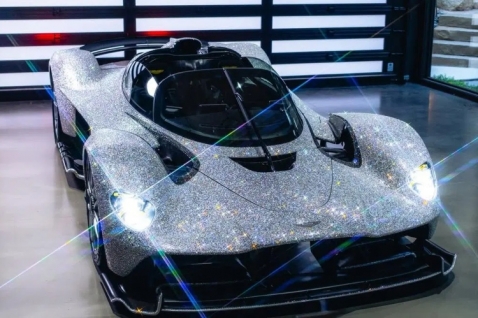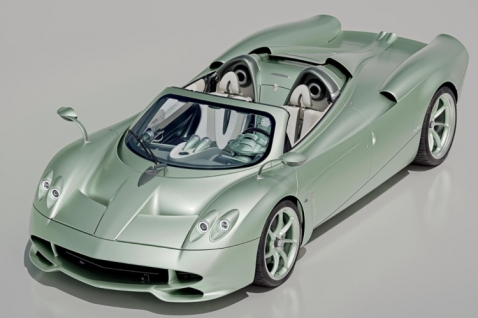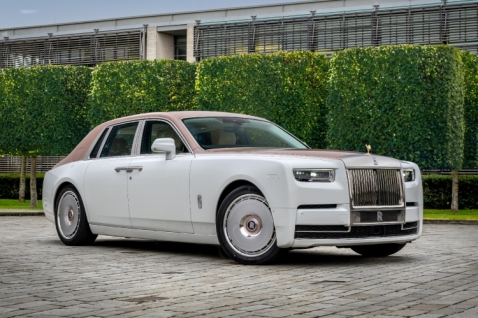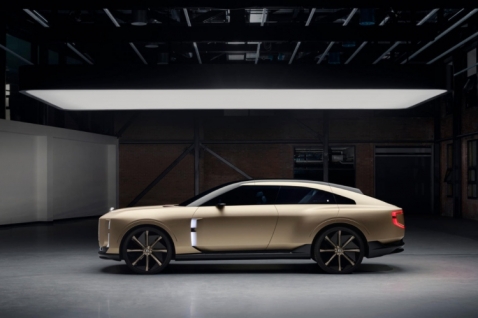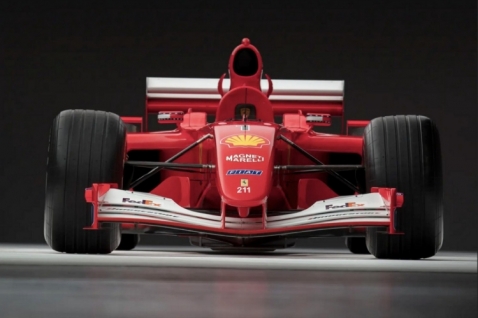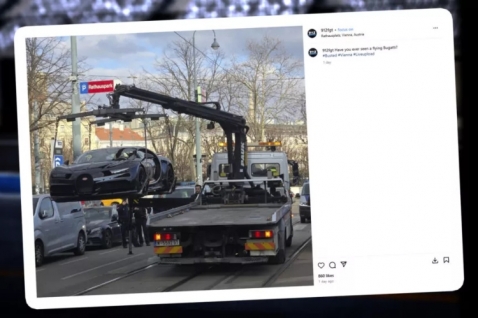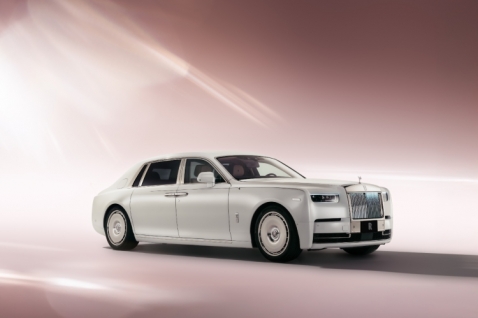Apologies for the dark humor, but it's not every day you see a Ferrari separated from the V12 engine that makes it a "super" supercar...
Especially not outside the Ferrari factory in Maranello. Unfortunately, that was the sight drivers in China witnessed on a rainy day—a wrecked Ferrari Purosangue that had split in half in a traffic accident, with its detached engine being shielded from the rain by an umbrella. Details are currently scarce, but one can only imagine the force of impact that ripped the front subframe and engine out of this super SUV.
In a collision of this magnitude, it’s natural to assume that the driver must have been traveling at speeds far above the legal limit. While this may be true, modern cars are also designed and engineered to keep passengers safe in a reinforced passenger compartment, allowing other parts of the car to act as crumple zones, even detaching to absorb the impact.
In some cases, if a car hits a solid obstacle at just the right angle, this kind of damage can occur even at relatively legal speeds. Given that the Ferrari Purosangue can accelerate from 0 to 100 kilometers per hour in 3.2 seconds, reaching 160 kilometers per hour from a standstill in just 7.5 seconds, this super SUV was likely moving very, very fast at the time of the accident.
The crash was so intense that the powerful V12 engine was ejected from the car as it split in half. There is no information about the driver or passengers following this total destruction of the Ferrari Purosangue, but reports indicate that no one was injured in the accident. This is remarkable, considering the extent of the damage. The SUV has not yet been tested by NCAP, as these organizations typically require four units for a series of tests—something most manufacturers of half-million-dollar supercars are likely unwilling to do.
However, the Ferrari Purosangue comes equipped with 10 airbags, automatic emergency braking, and all of Ferrari’s advancements in chassis technology, including knowledge from Formula 1. The Purosangue features an entirely new chassis developed in Maranello, with the V12 engine placed in a front-mid position, along with an advanced Power Transfer Unit (PTU) responsible for its 4×4 capabilities, and a rear-positioned transmission for an outstanding 49:51% front-to-rear weight distribution.
This means that the transmission might have avoided taking the brunt of the impact, but with everything else either broken or detached, we wouldn’t bet on how usable the engine actually is. The lower part of the chassis is made entirely of high-strength aluminum alloys, with extensive use of hollow castings to improve rigidity (by 30% compared to previous Ferrari four-seaters) and reduce weight.
Did the innovative semi-virtual, high-mount suspension design of the Purosangue contribute to the detachment of the front subframe from the car’s body? We can only speculate, but the fact remains that the driver reportedly walked away unscathed—let’s hope they treat their next supercar with more care on wet roads.


